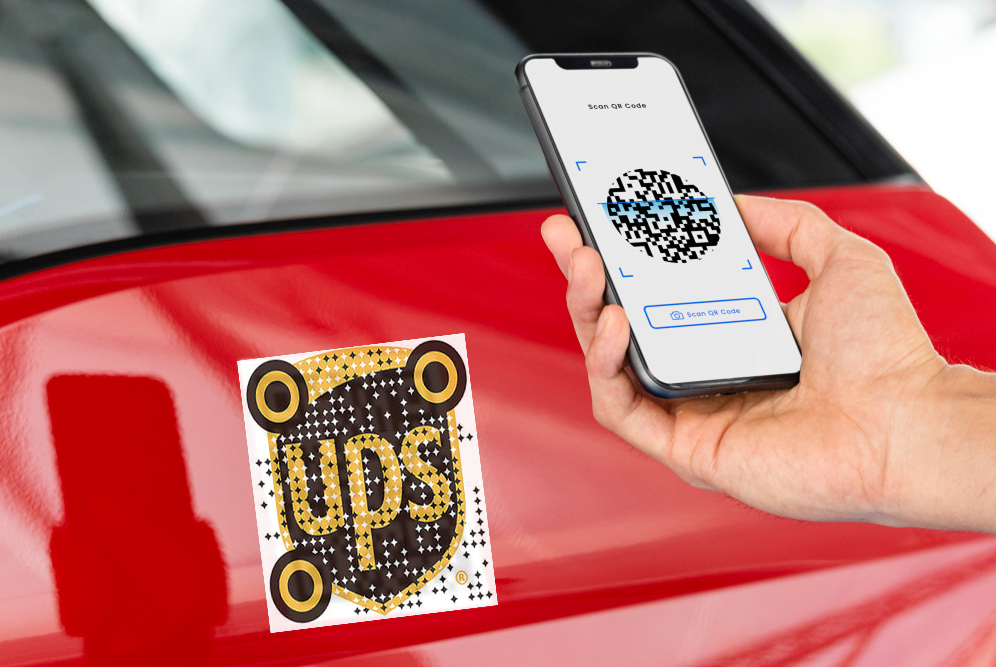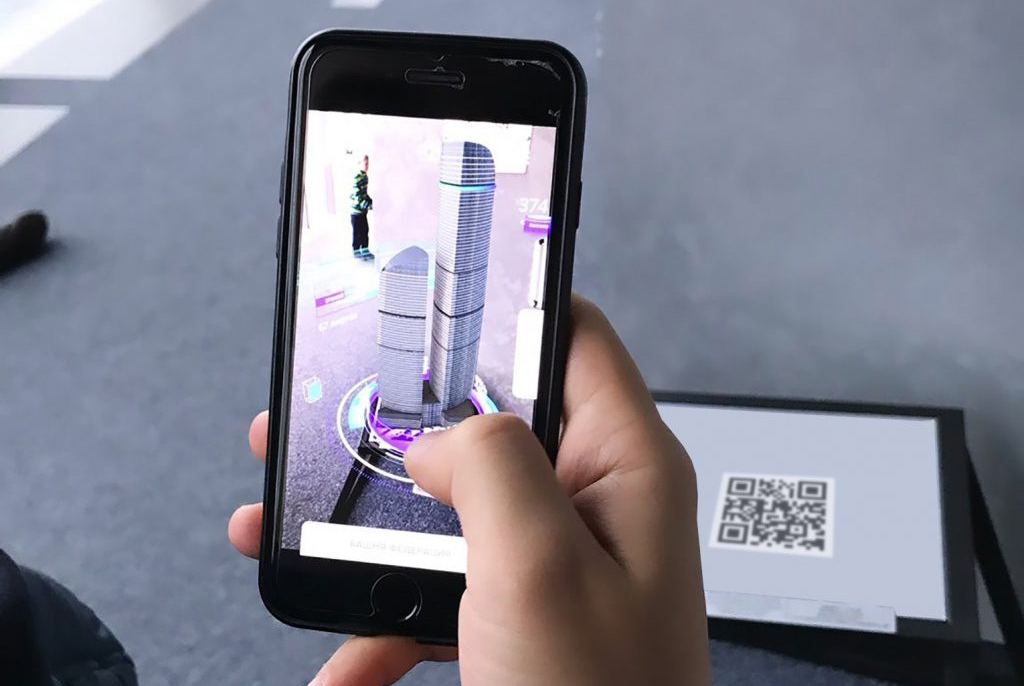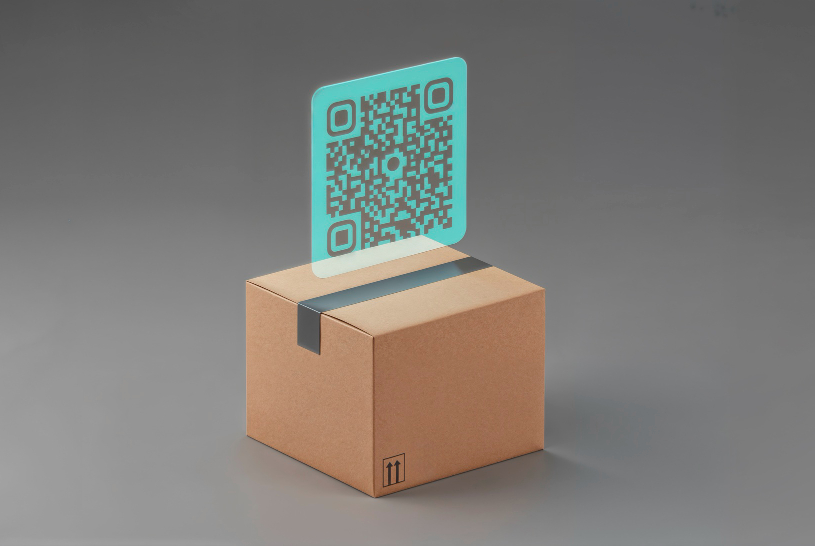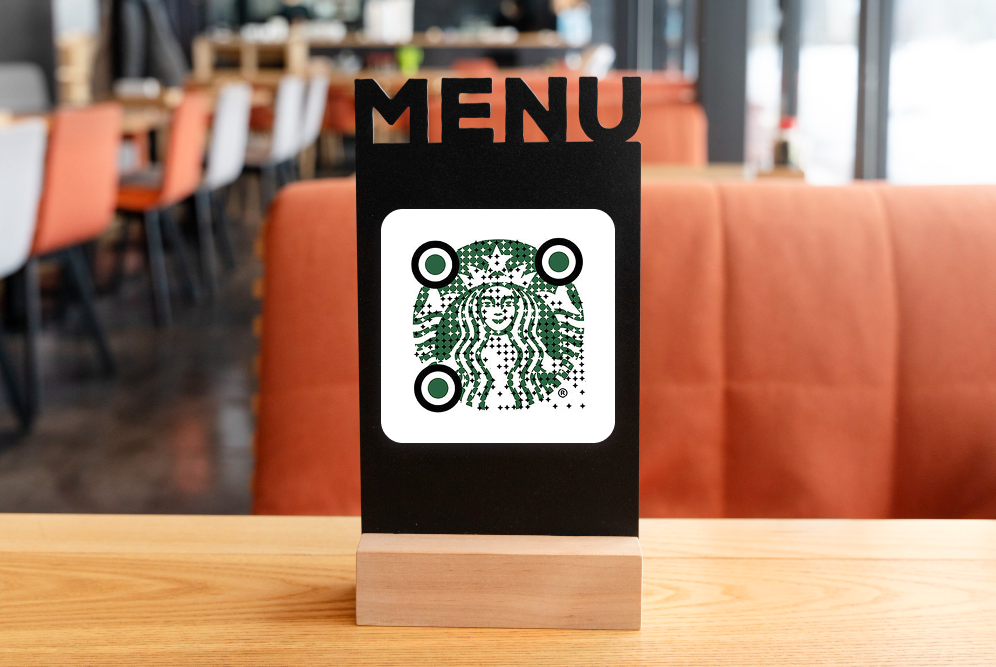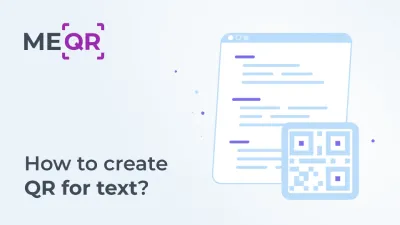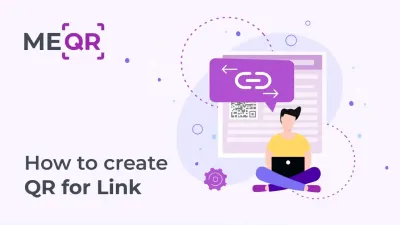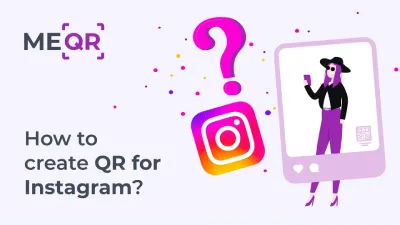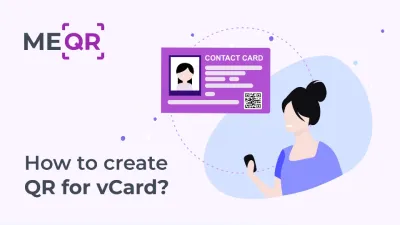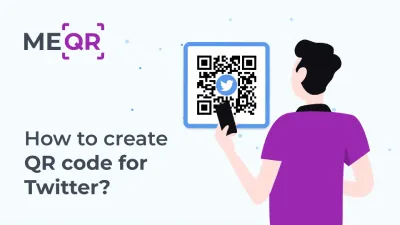Benefits of QR Codes on Flyers
QR codes on flyers introduce a multitude of advantages, enhancing the effectiveness of traditional print media in numerous ways. Let's delve into some of these benefits:
Instant Access to Information. QR codes serve as a gateway to instant information access. With a simple scan using a smartphone's camera, users can quickly access websites, landing pages, videos, and other digital content, eliminating the need for manually typing in URLs. This instant accessibility greatly enhances the user experience, making it easier for potential customers to engage with your brand.
Interactive Engagement. By scanning a QR code, the audience can engage with your content in an interactive manner. This engagement can include participating in surveys, quizzes, contests, and more, directly from the flyer itself. The ability to interact with your marketing materials not only captures attention but also creates a memorable and immersive experience that can lead to higher conversion rates.
Trackable Analytics. Integrating QR codes into flyers allows businesses to track engagement metrics, gaining insights into the effectiveness of their marketing efforts. Metrics such as scan rates, location data, and user demographics provide valuable information for refining future campaigns. These analytics enable data-driven decision-making, empowering businesses to tailor their strategies based on real-time feedback.






